
Australian net industrial face rents grow in Q1
South Sydney saw the biggest increase of 6.4%.
Australia’s industrial sector is proving resilient in the face of a sluggish retail sector and soft business confidence. According to Dexus Research, industrial demand has tapered, with Sydney and Melbourne seeing a slowing in gross leasing take-up over the quarter.
Occupier activity is often slower in the first quarter of the year so much will depend on how retail trends affect warehousing requirements over the next few quarters.
Here’s more from Dexus Research:
Vacancy rates lifted mildly through 2023, however, remained sub 2% in Dec-23 (reported by CBRE). Vacancy is anticipated to increase over the year, as some tenants consolidate or sublease excess space taken-up during the boom COVID years of 2021 and 2022.
Rents grew over the first quarter of the year, particularly in Melbourne and Brisbane. Outer West Sydney saw net face rents increase by 1.7% over the quarter, and South Sydney saw the largest increase in net face rents with 6.4% quarterly growth. West Melbourne rents surprised on the upside with 8.0% growth over the quarter. In many areas this growth in face rents has been underpinned by increases in incentives so the effective growth is somewhat lower. Perth was the only market where face rents have remained flat over the quarter.
Cap rates grew in most markets according to JLL Research. Outer West Sydney cap rates grew 25 bps over the quarter and West Melbourne rates by 38 bps. Increasing yields will likely play on developers’ minds, particularly as construction costs and land values remain high making it harder to achieve required rents on new developments. Trading has been thin, however JLL Research reports land values were flat in both West Melbourne and South Brisbane, while decreasing in Sydney.
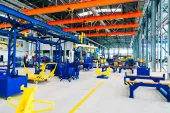

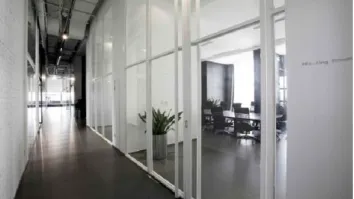
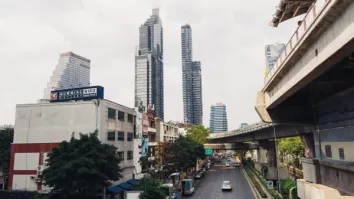
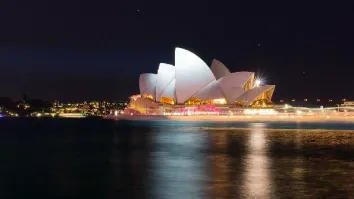
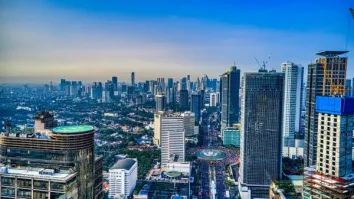













 Advertise
Advertise






